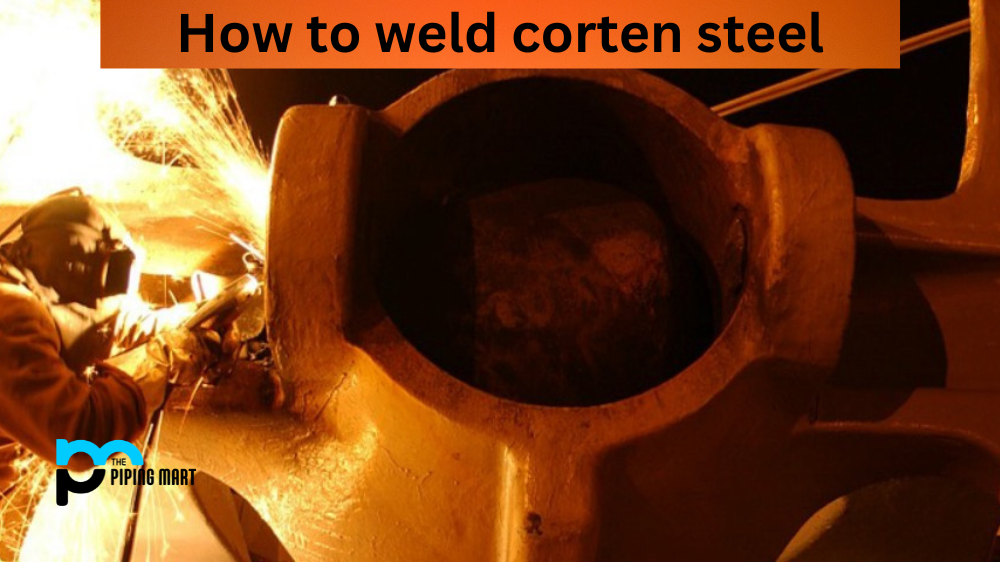Corten steel is a type of alloy that’s known for its superior corrosion resistance. As such, it’s become a popular material for welding projects in many industries, including construction and fabrication. But before you start your next welding project with corten steel, it’s important to understand some of the basics of welding this material. Let’s take a look at what you need to know about welding corten steel.
Preparation is Key
To get the best results when welding corten steel, preparation is key. First, make sure that your material is cut cleanly and accurately, as any discrepancies can cause issues during the welding process. Also, make sure that any sharp edges are ground down to reduce heat buildup during the welding. It’s also important to use mild steel wire brushes and grinding discs to remove any rust or scale from your weld area, as these will contaminate your weld and affect its strength.
Choose Your Filler Metal Carefully
When selecting filler metal for your corten steel project, you need to choose something that matches both the thickness and grade of your base metals as closely as possible. This will ensure that you get the best results in terms of strength and durability without compromising on structural integrity or safety. Generally speaking, self-shielded flux-cored wires are the best option for welding corten steel since they allow for higher deposition rates than traditional MIG (Metal Inert Gas) wires and don’t require an external shielding gas like TIG (Tungsten Inert Gas) wires do. However, if you’re working with thicker materials or complex joint configurations, then MIG or TIG might be better options due to their extra control over heat input and joint penetration.
Optimize Your Settings
Once you’ve chosen a filler metal, it’s time to optimize your settings, so they match the filler metal’s characteristics as closely as possible. Pay close attention to voltage since this will determine how fast or slow your wire feeds through your welder, which can have an effect on penetration and spatter levels. You’ll also want to adjust amperage accordingly depending on what size electrode you’re using—larger electrodes require more amperage, whereas smaller ones require less—and make sure that travel speed isn’t too fast or slow either since this can affect arc stability and quality of welds produced. Finally, it’s important not to forget about gas flow rate, too, since this affects shielding effectiveness when using MIG/TIG processes for welding corten steel.
Conclusion:
Welding corten steel requires careful preparation and selection of filler metals in order to achieve optimal results in terms of corrosion resistance and strength levels. It’s important to use mild steel wire brushes and grinding discs when prepping materials prior to welding them together so that all rust or scale is removed from weld areas before beginning work. Once prepped, selecting a matching filler metal should be done carefully according to base metal thicknesses and grades while making sure settings are optimized based on electrode size used at all times throughout the process in order to ensure quality welds every time. With proper care taken when preparing materials and optimizing settings accordingly according to their characteristics each time, anyone with basic knowledge of MIG/TIG/flux-cored processes can easily complete successful projects involving corten steel without much difficulty!

Abhishek is a seasoned blogger and industry expert, sharing his insights and knowledge on various topics. With his research, Abhishek offers valuable insights and tips for professionals and enthusiasts. Follow him for expert advice on the latest trends and developments in the metal industry.




